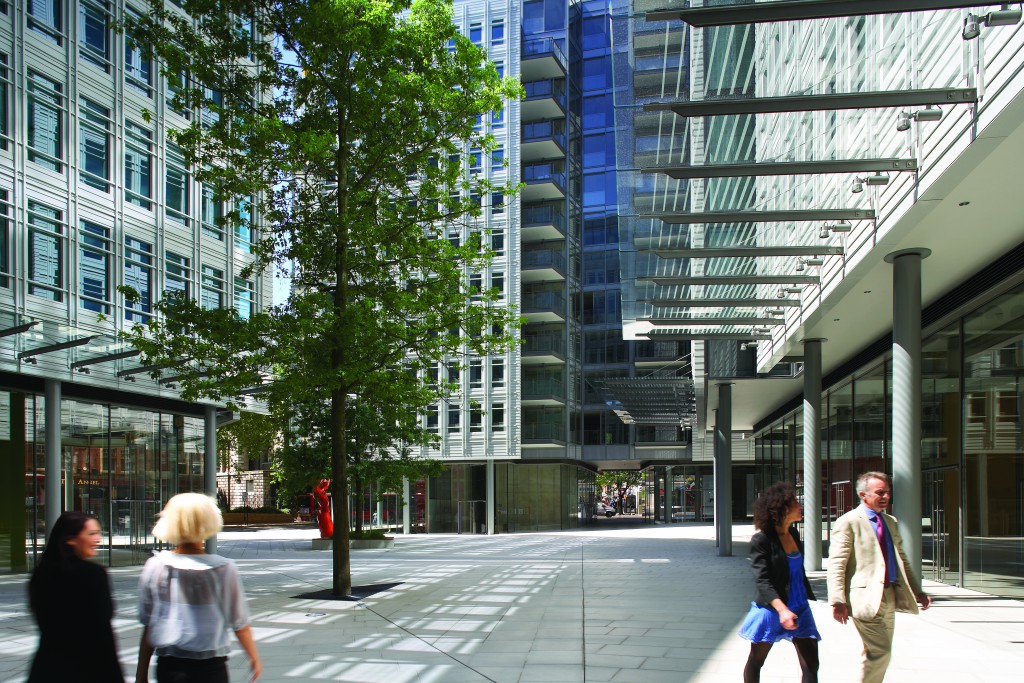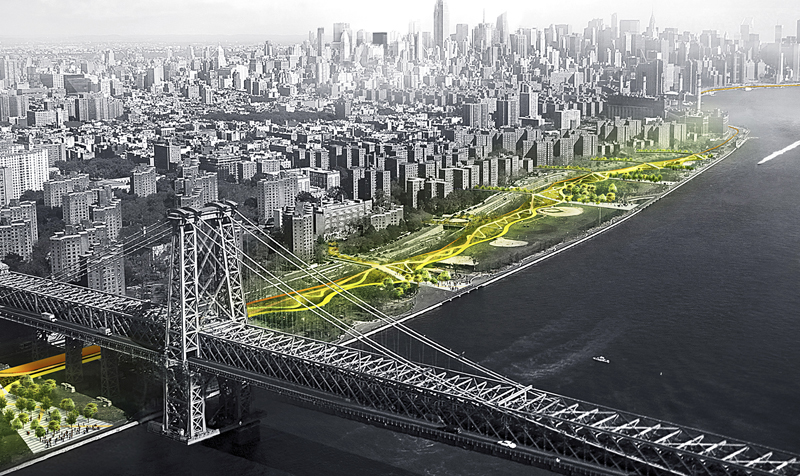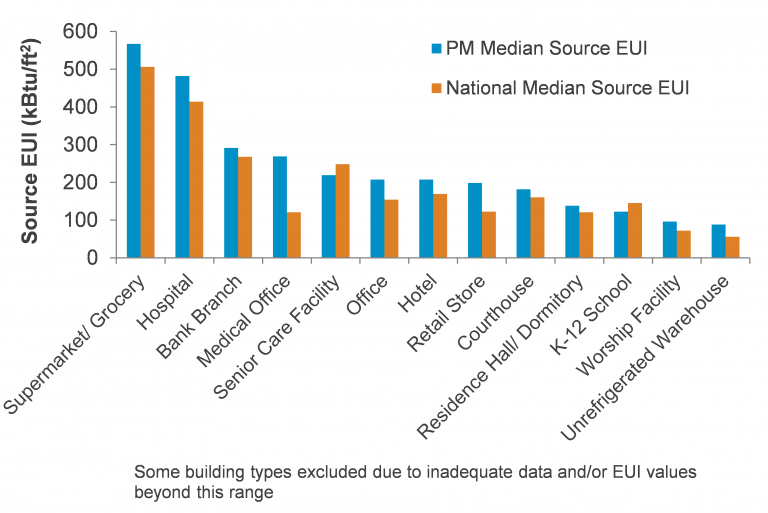 With the ever-rising demand to build more homes and create more communities, are we in danger of creating socially dysfunctional environments? Health and social aspects of sustainability have now the same weight as the environmental aspects when it comes to building new cities and communities. On the other hand, recent years have seen a rise in public’s awareness of placemaking, social equity, and liveable cities, while globally urban activists and action groups advocate social sustainability.
With the ever-rising demand to build more homes and create more communities, are we in danger of creating socially dysfunctional environments? Health and social aspects of sustainability have now the same weight as the environmental aspects when it comes to building new cities and communities. On the other hand, recent years have seen a rise in public’s awareness of placemaking, social equity, and liveable cities, while globally urban activists and action groups advocate social sustainability.
Why Sustainable Cities?
There are five global shifts that are shaping the way we live our modern lives, and can be addressed by designing wholesome sustainable cities and communities:
Today, more than half the world’s population live in urban areas.[1]. How cities evolve will be determined by the collective actions of city governments and communities. The notion of ‘smart cities/villages has been introduced recently which aim to enabling an interdependent ecosystem that counters rapid urbanisation to the mega city.
As the world becomes more populous and urbanised, the demand for energy, food and water will rise. Without significant global action Climate change and resource scarcity will define our future.
Some emerging economies that were growing rapidly are now in recession. While commodity prices have played a considerable role in sending these economies into reverse, the impacts of the two abovementioned global shifts cannot be ignored.[2]
Equally significantly, people are living longer and having fewer children. Supporting an ageing population will require built environments that are designed to deal with issues such as dementia, age-related disabilities etc. while the economy has to rely on labour force that consists more of women and the elderly. Cities will need to implement bold policies to cope with these demographic changes.
The digital revolution has no boundaries or borders. As cities and communities become digitalised and smart, issues such as smart infrastructure, cybersecurity, data and knowledge sharing become an integral part sustainable design. Source: PwC[3]

Why Green Buildings?
A click on the search engines and you can find many articles on better asset value, increased rental or sales prices, lower operating and energy costs related to certified ‘Green Buildings’. Whilst these are all true benefits of independent certification and more, the value of buildings and communities to people also needs to be assessed and quantified. It seems that we have pretty much mastered the art of creating energy efficient, environmentally friendly built environment and now is the time to focus on what has been missing: socially sustainable places that can deliver value to people.
One of the first things we teach about sustainability is its three pillars; environmental, economic and social informally referred to as planet, profits and people.
The Environmental Pillar
In most industries and sectors, the environmental pillar often gets the most attention when it comes to sustainability. The construction industry is no exception to this rule. Reducing energy and water consumption, waste management and overall impact of the construction process and the building on the environment are the main focus of most green building rating systems and methodologies in the market.
This most often aligns with most governments’ UNFCCC commitments, where there may be regulatory obligations, incentives and best practice standards in place to help achieve certain CO2 reduction targets.
The Economic Pillar
The economic pillar of sustainability is where most developers feel they are on firm ground. To be sustainable, a development must be profitable. Activities that fit under the economic pillar include compliance, proper governance and risk management. It is the inclusion of the economic pillar and profit that makes it possible for developers to come on board with sustainability strategies.
From a masterplanning point of view, considering the economic aspect of sustainability can provide a counterweight to ensure that the development will not result in employment reduction and may even create employment, earning and/or productivity gains in the local area.
The Social Pillar
Despite the universal acceptance and understating of the concept of sustainable development, the meaning and associated objectives of the social pillar remain vague. There are four widely distinguished perceptions of the social pillar; Equity, Awareness, Participation and Social Cohesion.
‘Equity’ refers to the distribution of welfare goods and life chances on the basis of fairness and it applies to national, international, and intergenerational contexts.
Raising public ‘Awareness’ of sustainability issues with view to encouraging alternative, sustainable consumption patterns and triggering behavioural change is another key concept of social pillar.
‘Participation’ is the notion of consultation and refers to the goal of empowering as many social groups as possible to influence the decision-making processes.
Promoting happiness/well-being; minimizing social strife, reducing crime, promoting health (mental and physical), combating bullying, and antisocial behaviour are some of the element that define ‘Social Cohesion’.
Social Sustainability encompasses the four concepts of the social pillar and more. Empowering the cities, communities, consultation and engagement, designing for the demographic needs and priorities, creating vibrant, walkable and inclusive developments are amongst the elements that constitute Social Sustainability and can add social value.
Future outlook
Sustainable Cities generally refers to achieving a balance among the environmental, economic, and social pillars of sustainability. Communities are the smaller pockets of cities, therefore creating sustainable communities can lead to sustainable, thriving cities. In order to create high quality living environments, a wider range of contributing factors, such as socio-economics context and local and demographic priorities must be taken into account. BREEAM Communities is a holistic approach to sustainability with a focus on the three key pillars and integrates this with strong links to regulatory principles with a view to ensuring that a community functions as a whole.
[1] https://www.pwc.co.uk/issues/megatrends/rapid-urbanisation.html
[2] https://www.pwc.co.uk/issues/megatrends/shift-in-global-economic-power.html







